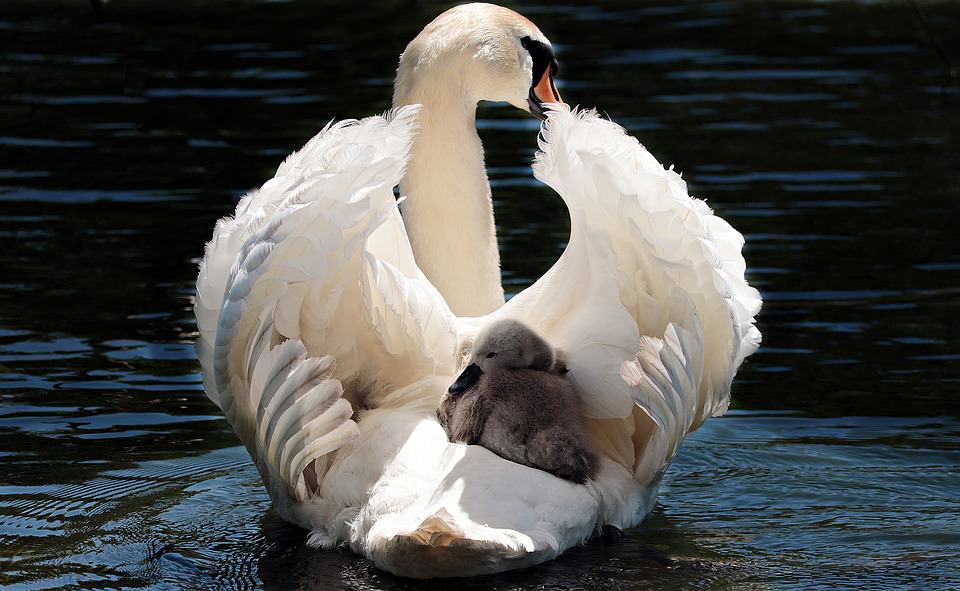From the smallest hummingbird to the largest eagle, birds have established their presence in virtually every corner of the globe. But what makes these creatures so adaptable? In this article, we will explore the incredible ways in which birds have evolved to thrive in diverse environments.
How do birds adapt to different climates?
Birds have developed a wide range of physiological and behavioral adaptations to survive in various climates. One of the most common adaptations is the ability to regulate body temperature. In cold climates, birds may have thicker feathers and increased body fat to insulate themselves, while in hot climates, they may have specialized air sacs to help dissipate heat.
Additionally, birds in colder environments may have larger beaks and legs to help them dig through snow and ice for food, while those in warmer climates may have longer wings and streamlined bodies for efficient flight.
What role do birds play in their respective ecosystems?
Birds are integral to the functioning of ecosystems worldwide. They act as pollinators, seed dispersers, and predators of insects and other small animals. The presence of birds can also indicate the overall health of an ecosystem, as they are sensitive to changes in habitat and food availability.
For example, many birds rely on specific plant species for food and nesting sites. When these plants are threatened, so too are the birds that depend on them. By understanding the unique roles that birds play in their ecosystems, we can better appreciate the importance of their adaptations.
What are some unique adaptations of birds for hunting and feeding?
Birds have evolved a diverse array of adaptations for hunting and feeding, depending on their specific ecological niche. Raptors, such as eagles and hawks, have keen eyesight and sharp talons for catching and killing prey. Woodpeckers have specialized beaks and strong neck muscles for drilling into trees to find insects, while hummingbirds have long, slender bills for reaching nectar deep within flowers.
Some birds, like pelicans and gannets, have developed the ability to plunge dive from great heights to catch fish, while others, like the shorebirds, have long, thin bills for probing into sand and mud to find small invertebrates. These adaptations showcase the incredible diversity of feeding strategies among avian species.
How do birds communicate and attract mates?
Birds use a variety of vocalizations, visual displays, and plumage patterns to communicate and attract mates. Songs, calls, and displays are often used to establish territory, attract a mate, or warn of danger. Many species also engage in elaborate courtship displays, such as the aerial acrobatics of the red-capped manakin or the intricate nest-building behavior of bowerbirds.
Additionally, birds’ colorful plumage and unique markings can play a crucial role in courtship and mating. For example, male birds with vibrant and elaborate plumage may be more successful in attracting a mate, while females may choose a mate based on his singing ability or the quality of his nest-building skills.
How do birds adapt to urban environments?
Urbanization presents a unique set of challenges for birds, but many species have shown remarkable adaptability to city life. Some birds, like pigeons and sparrows, have thrived in urban environments by exploiting food sources such as discarded human food and nesting in man-made structures. Others, like the peregrine falcon, have adapted to nesting on tall buildings and bridges.
However, urban environments also pose significant risks to birds, including collisions with buildings and exposure to pollutants. As a result, conservation efforts in urban areas have focused on creating bird-friendly architecture, reducing light pollution, and providing green spaces for nesting and foraging.
Conclusion
Birds have truly remarkable adaptations that allow them to thrive in diverse environments, from the freezing Arctic tundra to the bustling city streets. Their ability to regulate body temperature, find food, communicate, and attract mates in a wide range of habitats is a testament to their resilience and evolutionary success. By understanding and appreciating the incredible adaptations of birds, we can better appreciate the beauty and importance of these fascinating creatures.
FAQs
1. What are the most common bird adaptations?
The most common bird adaptations include the ability to regulate body temperature, specialized beaks and feet for finding and capturing food, and unique vocalizations and displays for communication and attracting mates.
2. How do birds protect themselves from predators?
Birds protect themselves from predators through a variety of strategies, including camouflage, alarm calls to warn others of danger, and physical defenses such as sharp talons or beak. Some birds also engage in cooperative behavior, such as mobbing, to drive away predators.
3. What is the role of migration in bird adaptation?
Migration allows birds to move to areas with more favorable conditions for breeding, feeding, or overwintering. This adaptation enables birds to take advantage of seasonal resources and avoid harsh weather conditions in their breeding areas.
4. How do birds find mates in diverse environments?
Birds find mates through a combination of vocalizations, displays, and plumage patterns. In some cases, male birds may establish territories and engage in elaborate displays to attract a mate, while female birds may choose a mate based on the quality of his displays or the condition of his chosen nesting site.
. What are the biggest threats to bird adaptations?
The biggest threats to bird adaptations include habitat loss and degradation, climate change, pollution, and human activities such as building collisions and predation by domestic pets. Conservation efforts are crucial for protecting the incredible adaptations of birds and ensuring their survival in the face of these challenges.



